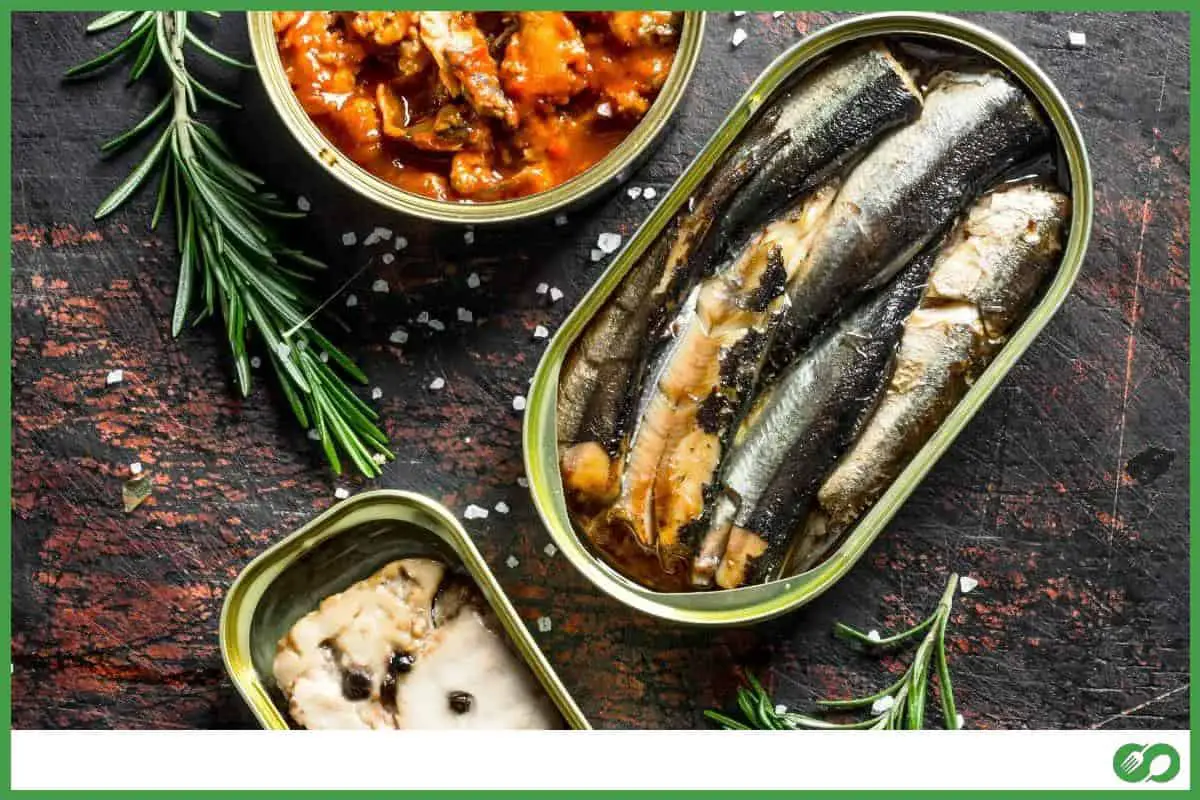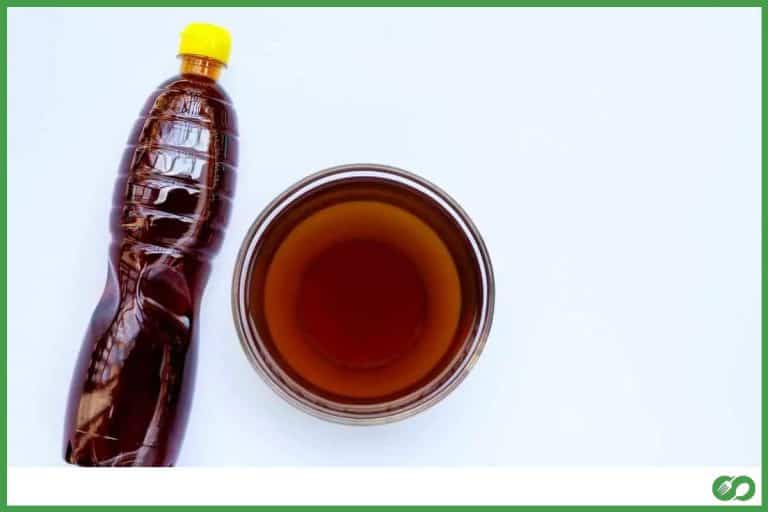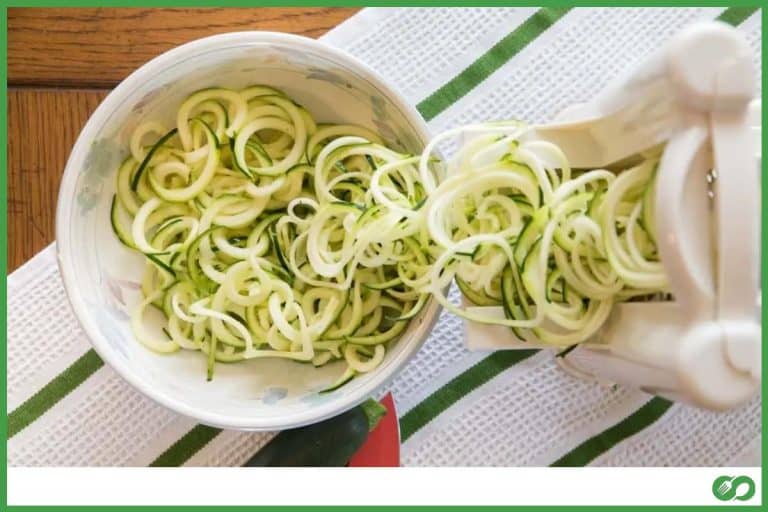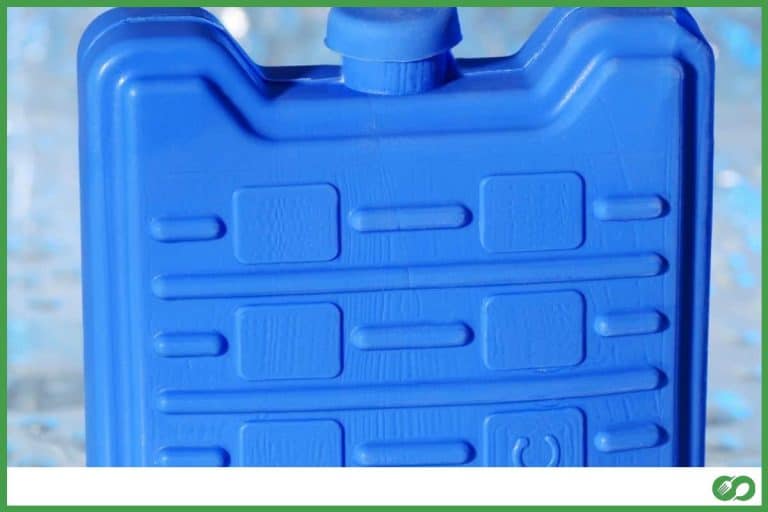How Long Can You Store Canned Fish After Opening?
This post may contain affiliate links which means that, if you choose to make a purchase, I may earn a small commission at no extra cost to you.
Canned food is the perfect thing to store for a rainy day. There are times when I am just too tired to go shopping for groceries. Since there is no substitute for a healthy diet, I always keep a stash of canned fish in the fridge. Nonetheless, they cannot be stored indefinitely, and this article discusses everything you need to know about safely keeping canned fish.
Unopened canned fish lasts for years after the expiration date, provided that the can isn’t damaged in any way. However, once you open the container, the fish only lasts 3-5 days and has to be stored in the fridge.
When it comes to canned fish, checking the expiration date isn’t enough. You should also check the condition of the fish before eating it. This article discusses all the safety precautions you need to consider before consuming canned fish.
How to store canned fish?
You can keep canned fish at room temperature. It doesn’t have to be stored in a fridge, but you should also keep it away from heat sources. Once you open the can, transfer the contents into an airtight container, which can be stored in a fridge for up to 5 days.
Canned food, especially fish, is stored in a sterile state. The process involves rapidly heating the product to 266-293 F, holding the temperature for a while (depending on the item), and then cooling it.
Since the fish is in an inert state, in theory, a canned fish with a shelf life of 5 years should remain good for 9 years. However, nothing is guaranteed, and depending on the storage conditions, it can go bad before the expiration date. Most people simply throw the cans in a cupboard and forget all about them, which is a mistake. Here are a few storage tips that I follow and also recommend you do the same:
1. Store away from extreme temperatures – Canned fish spoils much quicker if you store it near a heat source. If the surrounding temperature exceeds 90 F, it can compromise the air-tight seals of the cans. The same goes for freezing. That’s why I store my fish in the pantry. Using a cupboard that’s away from a heat source is also a good idea.
2. Moving cans during the summer – If the summer heat becomes unbearable, it’s a good idea to move your canned goods to a cooler location. Use the basement if you have to.
3. Store canned fish after opening – Once you open a can of fish, it will only remain good for 2-4 days, but only if you store it properly. I use the PrinChef manual can opener because it’s the sturdiest among all the others I’ve used till now, and it’s easy to operate. Transfer the fish from the can into a separate, airtight container or a plastic bag.
I also wash and dry my cans before opening them. Simply brushing off the dirt from the surface of the can isn’t enough. Washing the surface prevents any accumulated bacteria from entering the fish.
However, despite all of the precautions, sometimes the fish still goes bad. In such cases, knowing how to differentiate between the good and the bad fish can save you from giving yourself a terrible stomach ache. More on this in the next section.
How to tell if canned fish has gone bad?
The simplest indicator is a damaged can. If the can appears damaged, dented, or leaking, the content inside has gone bad, and it’s better to throw it away. Here are a few other telltale signs of canned fish gone bad.
1. Damaged can – Something can always go wrong with the canning process. Although the factories double-check the cans before delivering them to the warehouses and grocery stores, there is always the risk of them getting damaged during transport. If your can is leaking, dented, rusting, damaged, or swollen, discard it and open a new one.
2. Popping sound while opening – Some cans make a popping sound when you open them. As harmless as it seems, the canned fish inside is not edible at this stage. Carbonation is not good and is probably caused by some error in the packing process.
3. Change in color – The color of the canned food depends on the fish. For instance, canned tuna has a light brown/pink color with a slight reddish hue. If the color has changed to dark brown or black, the fish has gone bad and needs to be discarded.
Canned mussels, on the other hand, have a greenish-olive color. So if you’re planning on eating canned fish, make sure you know what the good ones look like.
4. Acrid smell – Canned fish is usually stored in some sort of solution/oil. Usually, after opening, they give off a nice, appealing, and acidic aroma. However, some people confuse an acrid odor with a soothing smell.
I had a friend who once opened some canned fish that smelled funny. He told me that he simply assumed that’s how the fish was supposed to smell and ate it anyway. The following day, we had to take him to the doctor because he had an upset stomach and was later diagnosed with stomach poisoning.
So if your canned fish smells funny, don’t eat it and ask someone else to check if it’s still edible or not.
5. Refrigerated for more than five days – Once you open a can of fish, it is only good for 2-5 days in the fridge. After that, no matter how good they seem, discard them. Canned products are prepared in a specific way. The moment you open the can, the food starts to break down and has to be consumed within a specific time limit.
Furthermore, even if your batch of canned fish manages to pass all the above-mentioned tests, don’t jump right in. Always taste a little bit to check if it’s still good before eating.
Canned fish recipes
Some people do not like canned fish and hate the idea of eating it straight out of the can. So here are four simple recipes you can easily prepare with canned fish. For this video, I’ll be using only tuna, but feel free to experiment with other fish too.
1. Tuna burger – Add some beans, bread crumbs, one egg, and one can of tuna to a bowl and mix them. Make small patties and cook them for about 4 minutes (2 minutes for each side).
Use Greek yogurt to make the sauce. Squeeze half a lemon and add some thyme, salt, and pepper, and mix the whole thing.
Apply the sauce to the interior of a bun and place the patties in the middle. You can even use jalapenos and rocket leaves for some added flavor. Your tuna burger is now ready.
2. Tuna Fried rice – Cook three eggs in a pan and set them away for later. Dice some scallions, hot peppers, and a few cloves, and fry them in a pan. Once they are ready, add a can of tuna and mix them together. I use a SENSARTE nonstick frying pan for all my casual dishes since it requires only a little bit of oil to cook in one of these.
Take a packet of pre-cooked rice and add it to the pan. For the sauce, take a separate bowl and mix some soy sauce, fish sauce, one teaspoon of sugar, and a pinch of rice vinegar. Pour the mixture into the pan. Add the eggs and keep stirring until the dish is ready and well-cooked.
3. Tuna pasta – Dice one hot pepper and some garlic and add them to a pan. Add a bit of lime zest and capers to the pan and keep stirring.
Boil the pasta, add a bit of the boiling water to the pan and keep sitting. Finally, add the pasta and canned tuna to the frying pan. Add some rocket leaves and a bit of lemon juice for that acidic kick, and keep stirring until the pasta is all soft and mushy. Serve hot.
4. Tuna mayo onigiri – Making onigiri is difficult. Always prepare the sushi rice at home, as store-bought rice doesn’t stick together and falls apart if not cooked properly.
Simply mix some canned tuna and mayo in a bowl, and place the fillings into the rice balls. Sear both sides of the rice balls in a frying pan. Finally, attach the nori and begin eating.
Conclusion
So far, we’ve learned that canned fish lasts for years if the container isn’t damaged. Once opened, the fish can only be stored for 2-5 days. There are several ways to identify rotten fish, and finally, you don’t have to eat it straight out of the can. Hopefully, that answers all your questions related to canned fish. Stay tuned for more fish food topics in the future.







